Drip Line Irrigation
Blue Mountain Girl Zone 8 Va
11 months ago
Featured Answer
Sort by:Oldest
Comments (17)
Rosylady (PNW zone 8)
11 months agoRelated Professionals
Wrentham Landscape Architects & Landscape Designers · Fitchburg Landscape Architects & Landscape Designers · Manorville Landscape Architects & Landscape Designers · Southfield Landscape Architects & Landscape Designers · Burien Landscape Contractors · Columbine Landscape Contractors · Hawaii Landscape Contractors · Lynchburg Landscape Contractors · North Highlands Landscape Contractors · North Potomac Landscape Contractors · North Richland Hills Landscape Contractors · Pleasant Hill Landscape Contractors · Rockville Landscape Contractors · 07920 Landscape Contractors · Forest Hill Landscape ContractorsRosylady (PNW zone 8)
11 months agoSheila z8a Rogue Valley OR
11 months agobart bart
11 months agoRosylady (PNW zone 8)
11 months agoBlue Mountain Girl Zone 8 Va
11 months agobart bart
11 months agoRosylady (PNW zone 8)
11 months agomad_gallica (z5 Eastern NY)
11 months agobart bart
11 months agomad_gallica (z5 Eastern NY)
10 months agoRosylady (PNW zone 8)
10 months agoBlue Mountain Girl Zone 8 Va
10 months agobart bart
10 months agomad_gallica (z5 Eastern NY)
10 months ago
Related Stories

GARDENING GUIDESHow to Install a Drip Irrigation System
Save time and water with a drip watering system in your vegetable garden — a little patience now will pay off later
Full Story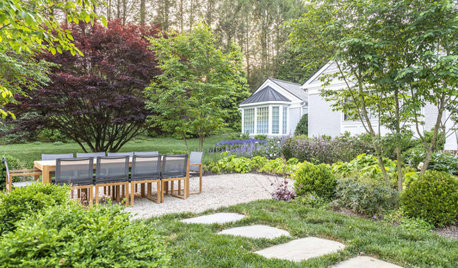
LANDSCAPE DESIGNChoose the Right Irrigation System for Your Yard
Learn the pros and cons of drip irrigation, soaker hoses, in-ground systems and more to see which will work best for you
Full Story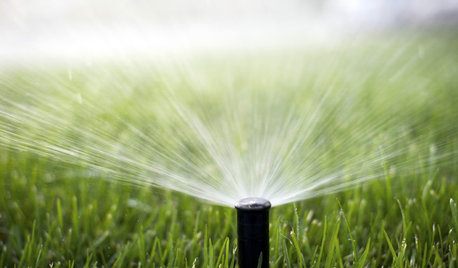
GARDENING GUIDESHow Smart Is Your Irrigation System?
New weather- and sensor-based controllers take the efficiency of your sprinklers to the next level
Full Story
HOUZZ TOURSMy Houzz: Clean Lines and Personal Style in a Tucson Townhouse
Vintage pieces, refreshing color choices and a patio for lounging make this Arizona architect’s modern home inviting
Full Story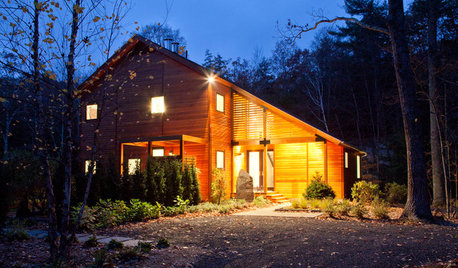
CONTEMPORARY HOMESHouzz Tour: Strong, Modern Lines Stand Up to the Trees
Modernism takes kindly to the New York woods, with double-height ceilings for openness and a burbling creek for music
Full Story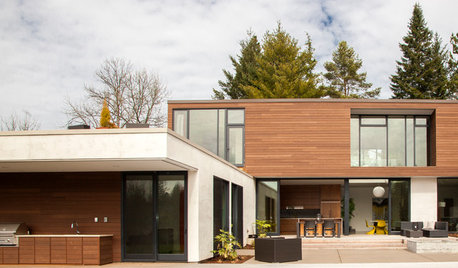
HOUZZ TOURSMy Houzz: Sleek Lines and Innovations in Portland
Behind these airy, contemporary interiors lie high-tech systems that lower utility costs while keeping the family comfortable
Full Story
EXTERIORSWhere Front Yards Collide: Property Lines in Pictures
Some could be twins; others channel the Odd Couple. You may never look at property boundaries the same way again
Full Story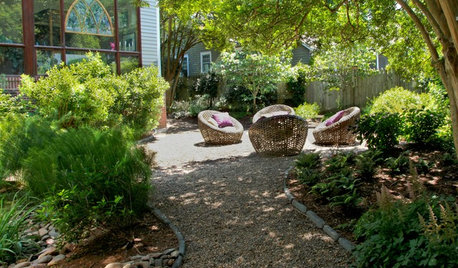
LANDSCAPE DESIGNEasy Ways to Manage Stormwater for Lower Bills and a Healthier Earth
Send cleaner runoff into local waterways and spend less on yard irrigation with these simple landscaping approaches
Full Story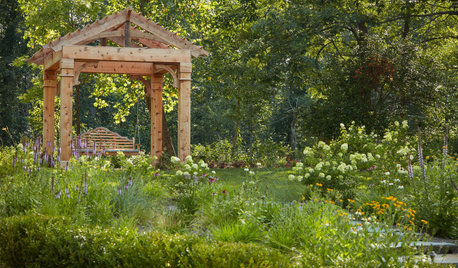
LANDSCAPE DESIGNWhere to Invest Your Budget in a Landscape Renovation
Pros weigh in on where to put your money for long-lasting benefits and cost savings down the line in a landscape redo
Full Story
EARTH DAYGrow a Beautiful Garden With Ecofriendly Greywater
Reducing home water waste means lower bills and a healthier planet. Here's how to set up a greywater home irrigation system that can help
Full Story





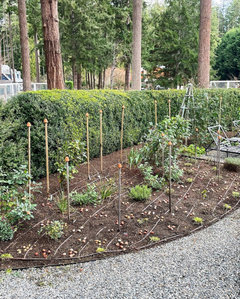
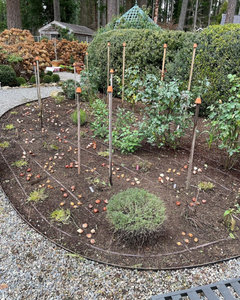
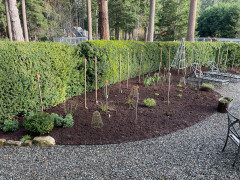
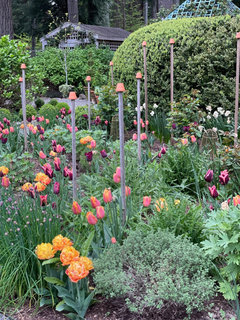
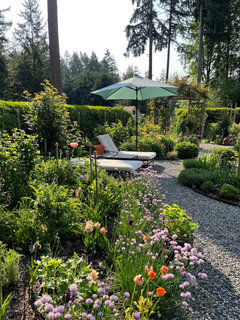

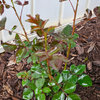
Rosylady (PNW zone 8)